Does Venezuela have a chance to resist US armed aggression?
The question arises: can a small state even resist such superpowers as the USA? And what is needed for this armed forces?
We will try to consider this issue on the example of the Bolivarian Republic of Venezuela (DFS). This country is a key ally of Russia on the territory of the South American continent. The latest events in Venezuela have demonstrated unambiguous aspirations of the United States towards this country.
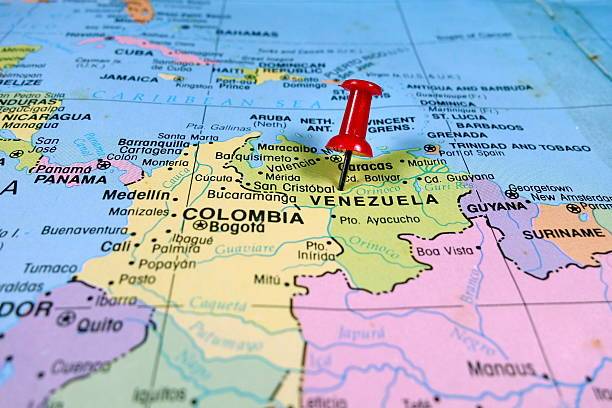
The desire of the top military and political leadership of the United States to eliminate the undesirable regime, and the owners of large US oil and gas companies to gain access to the resources of the RTV, may lead to aggression against the existing legal government.
The incomparability of resources makes impossible the victory of the RTS over the USA. Therefore, the task of the armed forces (AF) of the RRV is not to defeat the enemy, but such damage as it deems unacceptable and sufficient to abandon the intention to start or continue the aggression: large losses in equipment and manpower with a clear absence of positive results.
Most often, the following methods are used to eliminate unwanted US regimes:
- The organization of a military coup;
- The physical elimination of an unwanted government - the so-called "VIP Terror";
- The organization of the "partisan" movement, consisting of radical groups, cartels of drug traffickers, led and trained by specialists of the Central Intelligence Agency (CIA) and special operations forces (MTR) of the US Armed Forces.
- striking precision weapons (WTO) on the most important objects of infrastructure, industry, communications, telecommunications and government agencies (the scenario used against the Federal Republic of Yugoslavia).
- a direct armed invasion following a high-precision weapon strike, if the latter did not bring the desired results - sea and aviation landing, ground invasion from the territories of neighboring states (occupation of Iraq).
Let us leave aside government coups, consider power scenarios.
Proceeding from the weapons and military equipment used by the USA in recent local conflicts, the following requirements may be made to the armed forces of the BDV:
1. Ensuring the protection of objects from strikes with precision weapons;
2. Providing protection against landing of sea and airborne assault forces, ground invasion;
3. The destruction of partisan and sabotage and terrorist units.
It is impossible to provide guaranteed protection to any stationary object, therefore it is necessary to prioritize the defense of various types of objects:
- objects of government infrastructure, residence of the president, members of the government - to ensure the reflection of the first strike, to ensure the possibility of evacuation;
- mass media (media) - defense is not provided, the destruction of stationary objects is compensated by the deployment of mobile transmission complexes;
- objects of oil producing infrastructure, objects of life support - the most dense defense, ensuring the minimization of damage;
- objects of military infrastructure - defense is not provided; in the event of a conflict, dispersal is provided at field bases, airfield springs and other masked objects.
The creation of armed forces capable of withstanding all the above-mentioned threats is a complex organizational and technical task requiring significant financial investments. The limited financial resources with the total superiority of the enemy in finance, armament and strength requires a flexible approach to building up the armed forces based on asymmetric solutions.
Most states with limited military budgets, however, often try to be armed with all the attributes of the armed forces of “big” countries, such as:
- armored forces - Tanks, BMP;
- surface ships of the main classes - corvettes, frigates, destroyers, cruisers, aircraft carriers, landing ships (who have enough money for that);
- Fighter and bomber aircraft.
At the same time, an army equipped with heterogeneous, albeit powerful enough weapons, is not able to effectively resist a superpower capable of throwing an order of magnitude more equipment and manpower. The only acceptable option is the creation of asymmetric aircraft, which implies a departure from frontal confrontation in all areas of weapons, and the concentration of efforts in certain areas. At the same time, the development of armaments is carried out, making it possible to depreciate or significantly reduce the effectiveness of the armaments of the enemy.
The main requirement for equipment adopted by a regional power should be highest combat stability, developing from stealth - low visibility plus effective disguise, and the ability to act autonomously, in isolation from the places of permanent basing.
What means of warfare are not suitable for asymmetric warfare? These are tanks, infantry fighting vehicles, armored personnel carriers, virtually all aircraft — multifunctional fighters, bombers, surface ships. All of them have common features - they are not effective in actions in small groups or alone, high visibility and vulnerability in the bases.
In turn, operational-tactical missile systems (OTRK), artillery and mortar complexes of guided weapons, portable and portable anti-tank missile systems (ATGW), helicopters, unmanned aerial vehicles (UAVs), anti-aircraft missile systems (ZRK) of different classes, non-nuclear and diesel-electric submarines (NNSL, DEPL), coastal anti-ship missile systems (BNCRC), mine armament.
Their advantages include high autonomy, stealth and vitality with proper use, the ability to disperse, the possibility of long-term operation away from the places of permanent basing, high efficiency in the actions in small groups and alone.
The basis of the possibility of successful combat operations is the creation of an effective and highly resistant system of intelligence, control and communications (RUS).
The estimated composition of the RUS should include:
Intelligence means:
- ground-based and air-based mobile radar stations (radars) (on helicopters and aerostats);
- opticolocation stations (OLS) - stationary on buildings, masts, natural elevations, ground mobile platforms, aerostats;
- stations of electronic reconnaissance (RTR);
- Autonomous, artillery bombarded reconnaissance and signaling devices (CPR);
- passive hydroacoustic stations in the coastal zone;
- unmanned aerial vehicles (UAVs).
Means of communication:
- digital radio stations with the possibility of data transmission, encryption, pseudo-random adjustment of the operating frequency, providing multi-channel redundancy of communication channels and data transmission;
- commercial communications and data transmission networks - satellite, cellular;
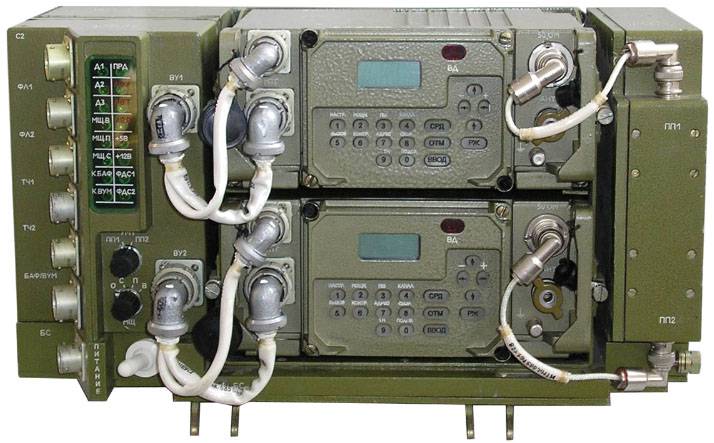
Controls:
- mobile control centers based on civil engineering;
- disguised and underground command centers.
To reduce the capabilities of the enemy to detect and defeat military and civilian and military facilities, it is necessary to implement a list of measures to disguise objects, deploy layouts, decoys, devices that interfere with the enemy's guidance systems.
- masking objects - camouflage nets and capes, the use of natural objects;
- the deployment of false targets - modern inflatable models of military equipment;
- jamming of guidance systems - interference generators of GPS satellite navigation systems, smoke generators for jamming television / thermal surveillance systems.
To minimize the actions of enemy aviation at low altitude and counteract low-flying cruise missiles, it may be worth considering a return to the idea of using barrage balloons that were widely used in World War II. In the modern version, these balloons can be implemented at a new level and additionally serve as a platform for the placement of optical stations and communication repeaters.
You can place them near important objects and in places where the terrain of the ground provokes the enemy to lay routes of low-flying airplanes and cruise missiles.
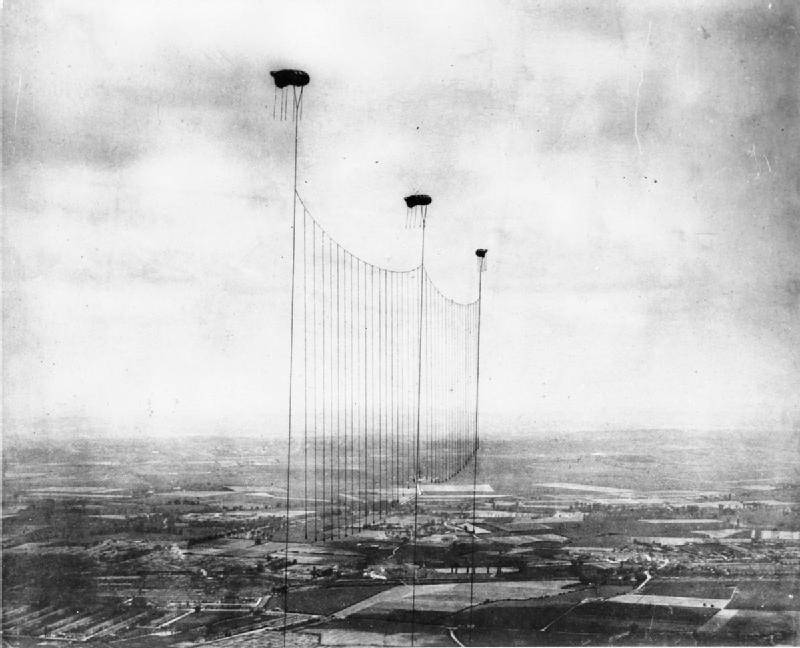
Based on the foregoing, it is possible to determine which weapons the Venezuelan armed forces can recommend for acquisition in priority order:
Navy - The diesel-electric submarines of the 636 Varshavyanka project with cruise and anti-ship missiles (KP / PKR) Kaliber, BSTRK Bastion, the Ka-31 reconnaissance and target helicopter, modern sea mines.
Of all that fleetthat BVR has now, it makes sense to leave only type 209 diesel-electric submarines and a small number of surface ships of the most modern construction to demonstrate the flag, anti-piracy, and similar events.
The main tasks solved by the Navy are to create the maximum A2 / AD zone by setting up mine barriers and the threat of using anti-ship missiles in the zone up to 300 km. Reducing the effectiveness of strikes with high-precision weapons due to the destruction of surface ships and submarines carrying cruise missiles, the destruction of auxiliary ships, transport ships and ships supporting the enemy, striking cruise missiles at enemy ground targets in the region. Preventing the possibility of disembarking the landing forces of the enemy from the sea, the delivery of its reconnaissance and sabotage units.
Air Force - modernization of existing Su-30MKV aircraft for use of the Onyx anti-ship missiles (if an aviation version is developed) or their Indian counterpart, the BrahMos-A anti-ship missiles, reconnaissance UAVs of small and medium range. Training landings and preparation of sections of routes and unpaved airfields, perhaps this will allow to keep the Air Force for some time.
The existing fleet of Venezuela is more than enough for any conflict with its neighbors, but it is completely useless in a collision with the United States. In the case of the beginning of aggression, it makes sense to disperse the aircraft as much as possible on unpaved airfields or to overtake on the airfields of the allied states, Russia, for example.
The tasks of the Air Force, if they decide to enter into battle, are action in the interests of the Navy (in fact only “one-time” use is possible) and participation in local conflicts with comparable opponents. UAVs are used for reconnaissance, target designation
Air defense (highlighted in a separate branch of the military) - C-300ВМ “Antey-2500” (existing), Beech-2МЭ (existing), C-350 “Vityaz”, Tor-М1 (existing), Пgla -WITH".
The Antey-300 C-2500BM complex should be equipped with long-range anti-aircraft missiles. In the future, the purchase of the Vityaz air defense system is important, since about him significant ammunition and missiles with an active radar homing head, which allows you to leave the position immediately after launching them on targets. The Pantsir complex of the missile defense system is primarily interesting due to the presence of the OLS, which makes it possible not to unmask the operation of the complex by including the radar. Needle-S complexes should be many - 2000-3000 pcs.
Air defense tasks can be divided into two tasks. The first is the continuous defense of important objects Tor-M1, the Pantsir anti-tank missile defense system, Igla MANPADS. The goal is to knock out as many low-flying targets as possible. Detection of visual / radar, radar is rarely included. The saturation of the battlefield with “Igla” type complexes will force the enemy to go to medium and high altitudes, reduce the effectiveness of strikes, they can also destroy part of the battlefield.
The second task is the “guerrilla” use of the Antey-300 C-2500BM, Buk-2МE, C-350 CMS X-VUMYAS - reaching the prepared position, deploying, detecting and hitting targets within reach, then collapsing, leaving for a masked position . The goal - causing unacceptable damage, the destruction of DRLO planes and everything that gets into the affected area. It is necessary not to allow the enemy to achieve full air supremacy with the ability to use cheap guided and unguided ammunition.
Ground troops - towed 152-mm howitzers “Msta-B” with the Krasnopol complex, 120 mm mortars with the targeting and control complex “Malachite” and controlled mines “Gran”, the Kornet ATGM, the MTRIS-E ”ATGM, autonomous reconnaissance alarm devices (RSP), thrown by artillery. Shells with self-targeting combat elements for existing MLRS “Smerch”.
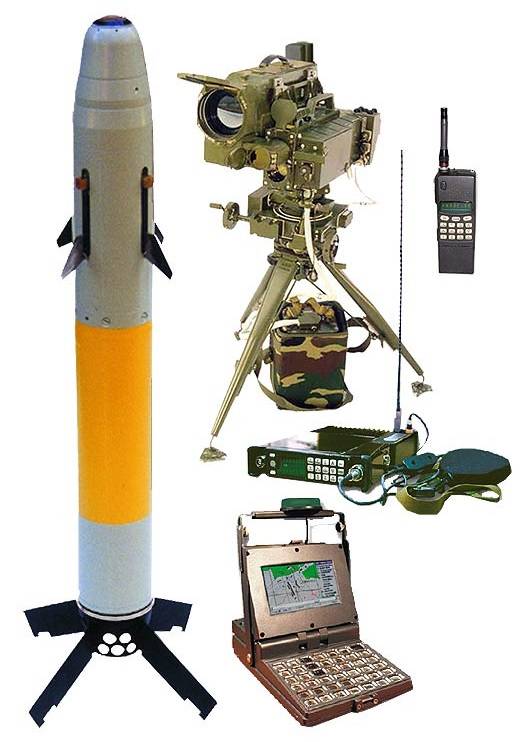
The existing fleet of armored vehicles Venezuela is more than enough to perform tasks of a local nature, subject to timely maintenance and modernization.
The main tasks of the Ground Forces are to combat irregular formations; in the event of a land invasion of a serious enemy, causing unacceptable losses.
Special Operations Forces - anti-material rifles caliber 12,7 mm, silent sniper rifle caliber 12,7 mm Exhaust, silent sniper rifle caliber 9 mm Vintorez or VSK-94. ATGM from the presence of SV.
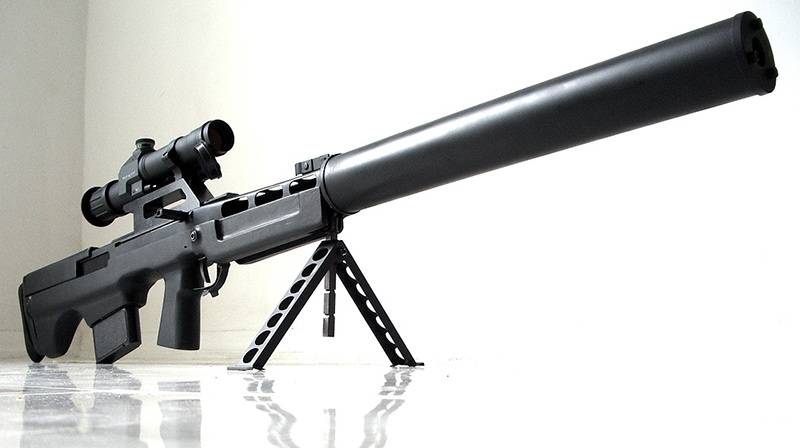
Tasks - conducting reconnaissance and sabotage activities, incl. on the territory of the enemy and his allies, the elimination of high-level leaders of the enemy, headquarters and control centers, fuel and ammunition depots, ammunition, parking lots.
Equipment and weapons for all types of armed forces - digital radio stations with encryption, data transfer capability, pseudo-random frequency tuning, mobile repeaters, including army radio stations and cellular terminals, radio electronic reconnaissance stations, Divnomorye radio electronic counter stations on mobile platforms, acoustic reconnaissance equipment, inflatable military equipment models , smoke generators, GPS jammers, mobile control centers, aerostats with the RL for detecting low-flying objects.
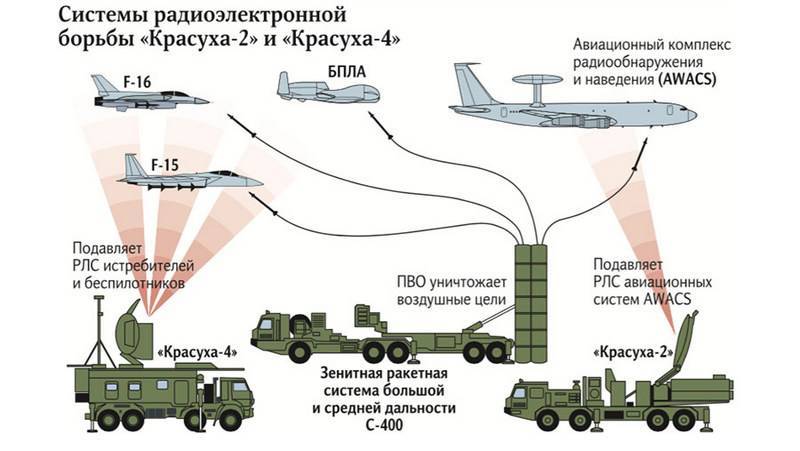
The armed forces formed on the basis of the above models of weapons and military equipment will have the following advantages:
- high stealth and mobility in combination with high firepower;
- the ability to not come into direct contact with the enemy or suddenly attack from disguised positions;
- simplification of the training of air defense personnel due to the lack of the need to carry out the selection of objectives according to the principle “one’s own / someone else’s” - the concept of “scorched sky”.
The scenario of probable hostilities using weapons systems described above may look like this:
Preliminary information about the preparation of the United States to strike comes from its own intelligence structures and intelligence structures of friendly states.
An indirect confirmation of the preparation for combat is the buildup of the US naval grouping, including the strengthening of carrier strike groups, amphibious ships, and ships carrying cruise missiles. Intelligence receives data on the revitalization of a contingent of American military personnel based in the territory of neighboring states - the replenishment of manpower, equipment, ammunition.
In response, the anti-aircraft complex begins mobilizing and dispersing the armed forces, increasing the combat readiness of the air defense forces, masking vital industrial, military and civilian facilities from air attacks. Combat and transport airplanes and helicopters are driven to the territory of friendly states or dispersed in forests on disguised ground airfields. The surface forces of the fleet are distilled into the ports of friendly states. Part of the submarines is at the piers in readiness for immediate release to the sea, the rest control the coastal waters and monitor the enemy forces.
The country's leadership in advance leaves the places of permanent residence and work and is located in underground bunkers or mobile command posts.
The fighting, unleashed by the United States, will begin with strikes by naval and air-based cruise missiles, air superiority and reconnaissance and sabotage groups.
The tasks for the timely detection of enemy aircraft and cruise missiles will fall on aerostats with radar and OLS round-about, acoustic and electronic reconnaissance stations. The information received from them is transmitted to short and long-range air defense missile systems, to commanders of subunits of riflemen with MANPADS.
To minimize damage to oil and gas infrastructure and life support facilities, around them will be concentrated most of the short-range air defense systems capable of dealing with air attack weapons.
Portable air defense systems, purchased in huge quantities, and the lack of own aircraft in the air, will allow for the implementation of the scorched sky concept at low altitudes, in which any aircraft in the air is considered enemy and is lost. Arrows with MANPADS located on natural and artificial elevations will fire at any air target within reach. The main objectives of MANPADS will be the KR, airplanes and helicopters flying at low altitudes. Massive use of MANPADS will provide a double effect. First, the destruction of part of the Kyrgyz Republic will reduce the load on short-range air defense systems that protect objects of special importance, and secondly, the constant impact at low altitudes will force the enemy to move to medium and high heights, increasing his vulnerability to short-range and long-range air defense systems, and, reducing the effectiveness of the blows of the WTO.
The shooters with MANPADS dispersed in the terrain will be virtually invulnerable to air attacks, due to low visibility and high mobility.
Large-range anti-aircraft missile systems will be used intermittently, with advance preparation, reducing the likelihood of their detection and destruction by the enemy. The main tasks solved by these air defense missile systems will be: the destruction of DRLO, EW aircraft and enemy air command posts of the JStars type, the periodic impact on the enemy's anti-submarine aviation to simplify the actions of naval submarines in the area up to 400 km from the coast, raid attacks on tactical and strategic aircraft, demoralizing the enemy.
The use of sham targets, smoke generators and EW facilities will contribute to the reduction of the effectiveness of US air strikes.
Counteraction of the US Navy can develop in several scenarios.
In the favorable case, if the surface ships approach a distance of less than 300 kilometers to the coast of the RV, they will be dealt a massive blow to the anti-ship missiles.
In the event that US ships keep out of the 300-km zone, the presence of a significant number of BNCRCs will act as a deterrent, limiting the range of carrier-based aviation (due to the location of the AUG away from the coast of the RV).
To target BPKRK can be used UAVs, Ka-31 helicopters, as well as data from reconnaissance satellites provided by friendly countries. The absence of surface ships BRW in the affected area will allow the calculations of the BNCRC to operate as efficiently as possible, without being distracted by the selection of targets according to their own / others' type.
The submarines will keep the US crews in constant tension, and divert significant forces to the anti-submarine defense. The main objectives of the diesel-electric submarines will be single warships and submarines, supply vessels of the enemy. Also, cruise missiles can be launched from the diesel-electric submarines on the bases of the US Armed Forces located in the territory of neighboring states, and possibly the United States.
If a decision is made to strike the Brahmos anti-aircraft missiles with the Su-30 fighter jets against the US Navy carrier group, the latter can be seriously damaged. Thirty aircraft with anti-ship missiles "Brahmos" and EW containers can cause serious damage to the US Navy, which can turn the tide of the war, as large one-time loss of personnel and equipment that cannot be hidden from the public can force the United States to abandon the continuation of the aggression. However, most of the aircraft during such an operation may be lost.
The preparation of the US Army for the invasion will allow timely detection of the widespread use of UAVs and CPR.
On clusters of armored vehicles, at a distance of up to 120 km, the Smerch MLRS, projectiles with self-targeting combat elements will be hit. The high effectiveness of self-targeting combat elements, combined with a massive strike (ten vehicles - six hundred combat elements), will allow the US Army to cause serious damage and thwart the offensive.
On the routes of the advancement of enemy armored vehicles, mobile units are deployed, armed with portable anti-tank systems and large-caliber sniper rifles. Positions calculations ATGM, after the strikes on armored vehicles and manpower of the enemy immediately change. A large number of MANPADS will not allow the United States to organize an effective UAV air reconnaissance and air support for the advancing troops. Destruction of commander vehicles, tankers, artillery positions and armored vehicles with guided artillery shells and mines will help to disorganize the US Army grouping.
When using the territories of neighboring states to organize the invasion of the US armed forces, reconnaissance and sabotage units equipped with silent sniper rifles, anti-tank systems, MANPADS, and, if possible, 120 mm mortars with controlled mines are thrown at their territory. Such units must destroy the enemy’s command centers, communications centers, fuel and ammunition depots, barracks, airplanes and helicopters at the stands.
The transfer of a significant amount of light weapons to the partisan and liberation movements of the neighboring states from which the aggression is carried out, will create chaos there and divert some of the US forces to prevent state coups in these countries.
It can be assumed that heavy losses, in a short period of time, in the absence of a clear positive result, will force the United States to abandon the continuation of hostilities and look for an acceptable way to peacefully resolve the conflict.
Summarizing the above, we formulate the following conclusions:
1. Traditional armies, regional powers, are not able to withstand the challenges of the 21st century in the face of the powerful, high-tech US army.
2. The transition to an asymmetric model of the formation of the armed forces and tactics of hostilities will allow to achieve victory over the qualitatively and quantitatively superior enemy.
3. The development of asymmetric naval forces requires abandoning surface ships and forming the country's Navy on the basis of non-nuclear submarines and coastal anti-ship missile systems.
4. The development of asymmetric aviation and air defense forces requires abandoning the development of fighter and bomber aircraft and go to the scorched sky tactics, relying on a large number of man-portable air defense systems, as well as short and long-range air defense systems. To provide aviation support to ground forces in regional conflicts of low intensity, it is proposed to use reconnaissance-strike and transport-combat helicopters.
5. The development of asymmetric ground forces requires the abandonment of the formation of armored formations in favor of creating a large number of dispersed mobile units in light-wheeled vehicles armed with portable anti-tank missile systems, artillery and mortar weapons with guided missiles and large-caliber silent sniper rifles.
6. The creation of reconnaissance and sabotage units intended for operations on the territory of the enemy is necessary to increase the offensive capabilities of the armed forces.
7. An important deterrent may be the presence of non-nuclear submarines equipped with cruise missiles.
8. Maintaining the operability, repeatedly reserved, of intelligence, control and communications systems is the basis for successful military operations of the armed forces.

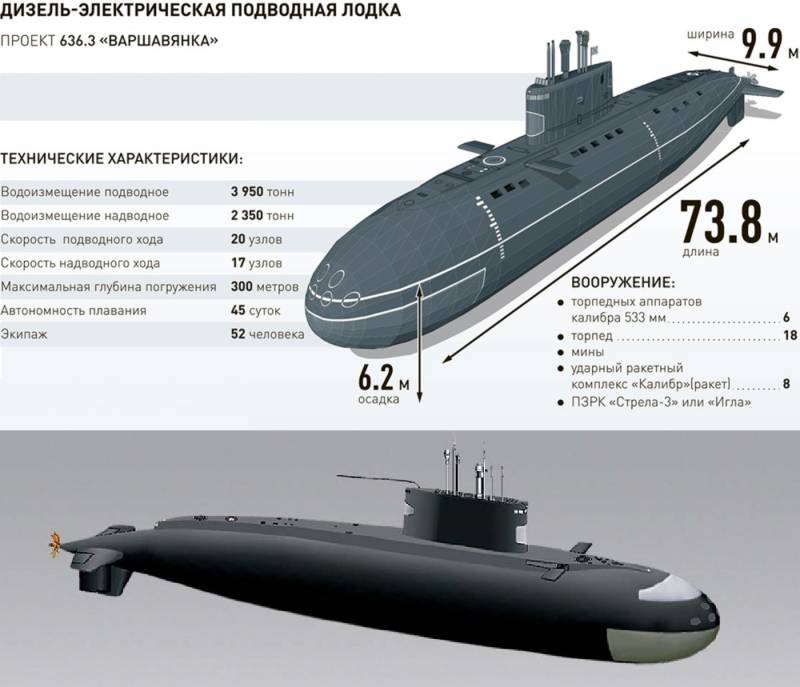
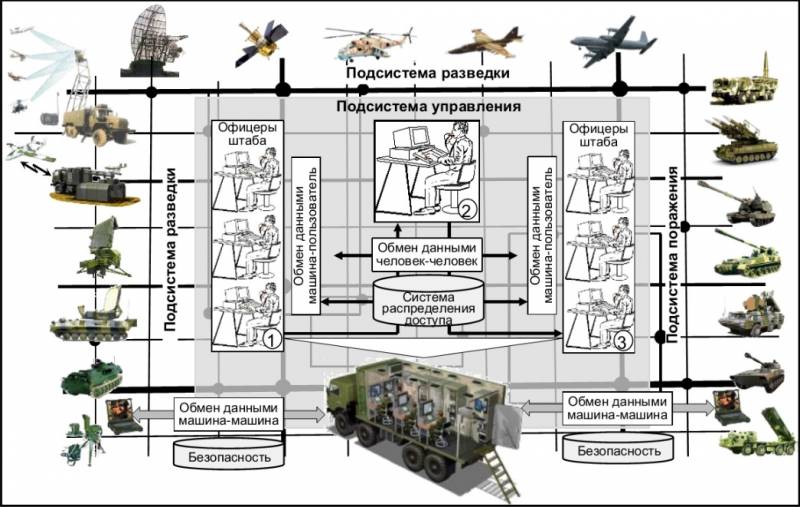
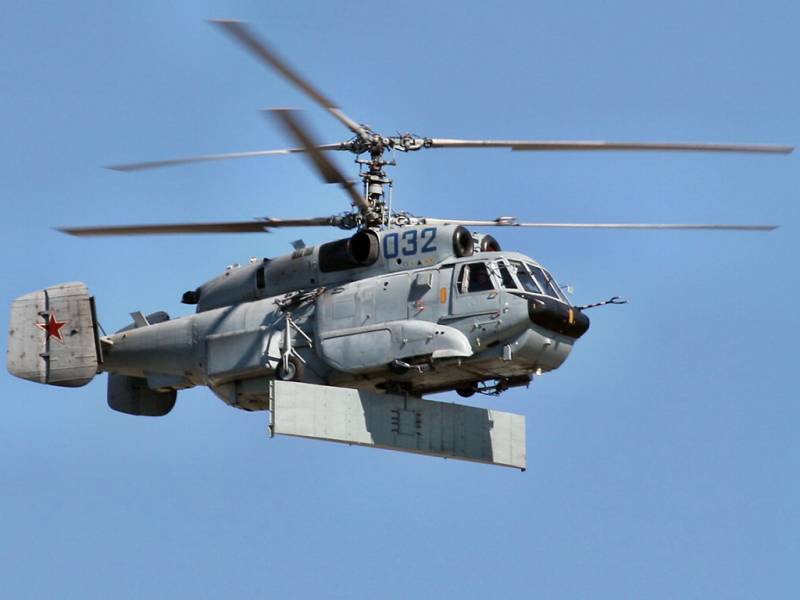
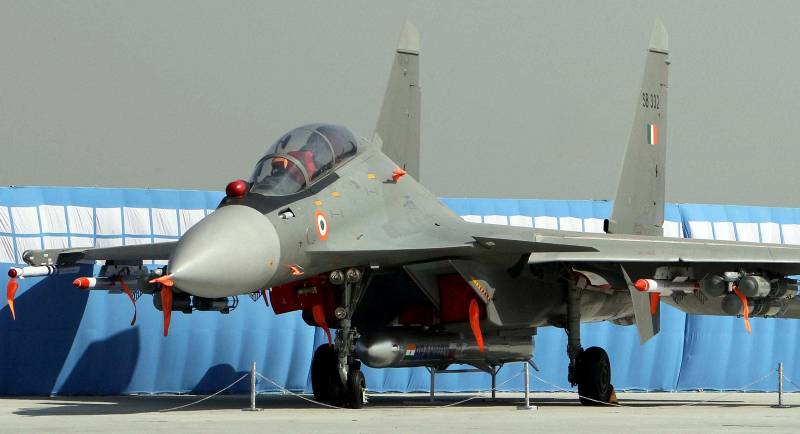
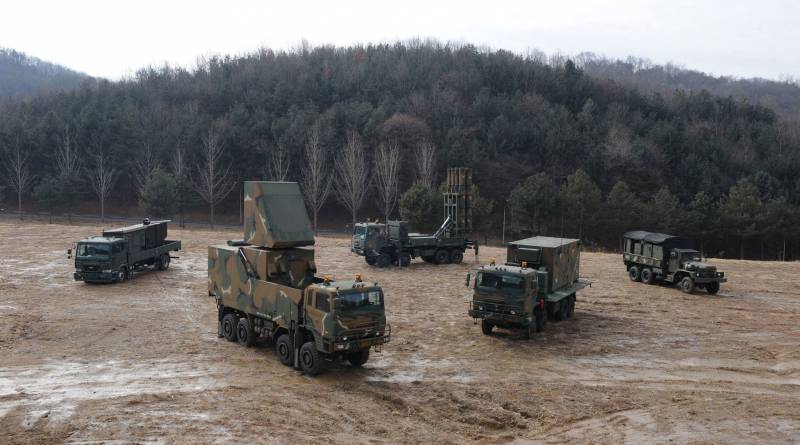
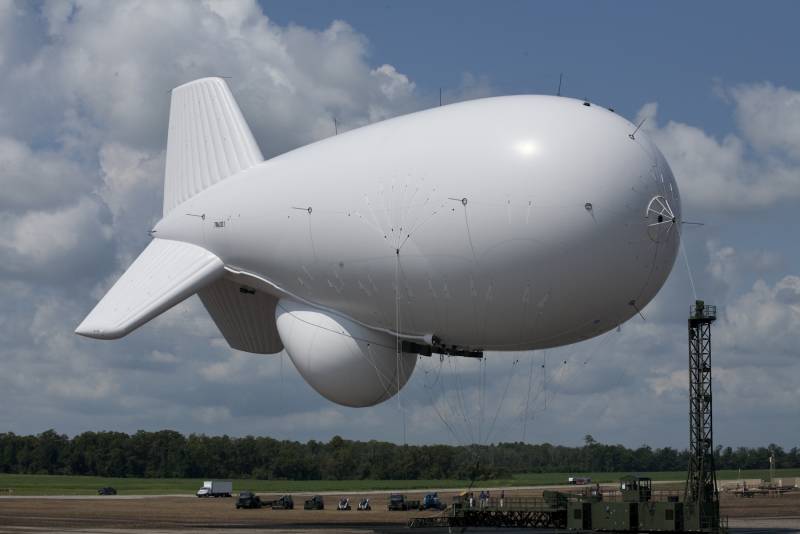
Information